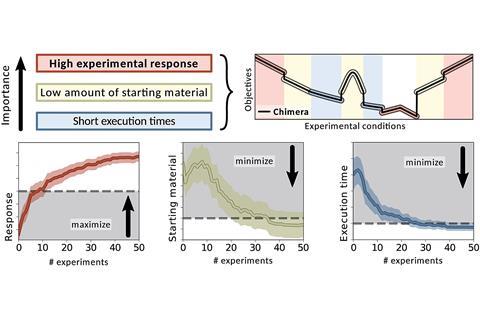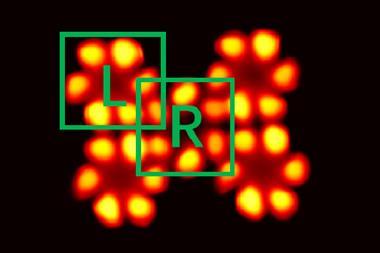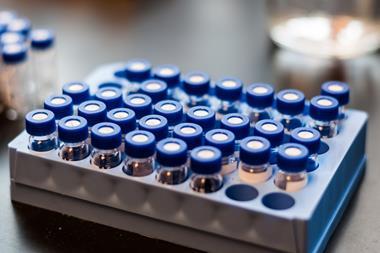Greek mythology inspires machine-learning approach
Scientists in Canada have devised a machine-learning algorithm for optimising chemistry experiments. The algorithm, which they tested on a self-driving laboratory, judges the chemical merit of competing variables to identify the best conditions according to the user’s preferences.1
Optimising chemical processes is difficult because it often involves a trade-off between competing parameters and the perfect conditions might not exist. For example, increasing the yield in a chemical reaction might be at the expense of the reaction’s selectivity so chemists frequently have to compromise.
Alán Aspuru-Guzik and his group, who have just moved to the University of Toronto, have created an algorithm to handle such decisions that they have called Chimera. In contrast to other multi-target optimisation algorithms, Chimera does not need any prior knowledge of the process and you can tell it to prioritise the objectives that you think are the most important.

‘Identifying conditions which satisfy multiple desired targets is a key ability for autonomous experimentation platforms,’ explains team member Florian Häse. ‘From the very beginning, our goal with Chimera was to enable multi-target optimisation for an arbitrary number of targets. While the mathematical expression of Chimera looks simple for only two objectives, generalising it to any number of objectives was rather challenging.’
Inspired by its mythical Greek namesake, Chimera constructs a single scalarised objective function from a whole set of different targets. It uses hierarchical methods with a priori multi-objective optimisation – this means it can find Pareto optimal points while staying true to predefined priorities.
Chimera performs at least as well as another leading optimisation approach, c-ASF, which John de Mello and his group from the Norwegian University of Science and Technology designed for self-optimising reactors.2 Aspuru-Guzik’s team tested both c-ASF and Chimera on an auto-calibration procedure in a virtual self-driving laboratory. The goal was to maximise the response of a high-performance liquid chromatography (HPLC) experiment while minimising the amount of sample used. Chimera was able to achieve this goal quickly and with a smaller number of experiments than c-ASF.
Chimera is ‘an efficient approach to the challenge of finding optimal compromises between competing criteria’ says de Mello. ‘One of the biggest challenges now will be to develop an intuitive user interface for the code. Chemists tend to think and speak differently from applied mathematicians, and translating broad chemical goals into well-defined and solvable mathematical problems can be tricky.’
Häse is optimistic about the future of Chimera. ‘We are eager to apply the algorithm to more complex systems in various areas of chemistry and beyond. We invite the community to join us in this endeavour and explore all kinds of flavours of inverse-design problems.’
References
1 F Häse, L Roch and A Aspuru-Guzik, Chem. Sci., 2018, DOI: 10.1039/c8sc02239a
2 B E Walker et al, React. Chem. Eng., 2017, 2, 785 (DOI: 10.1039/c7re00123a)












No comments yet